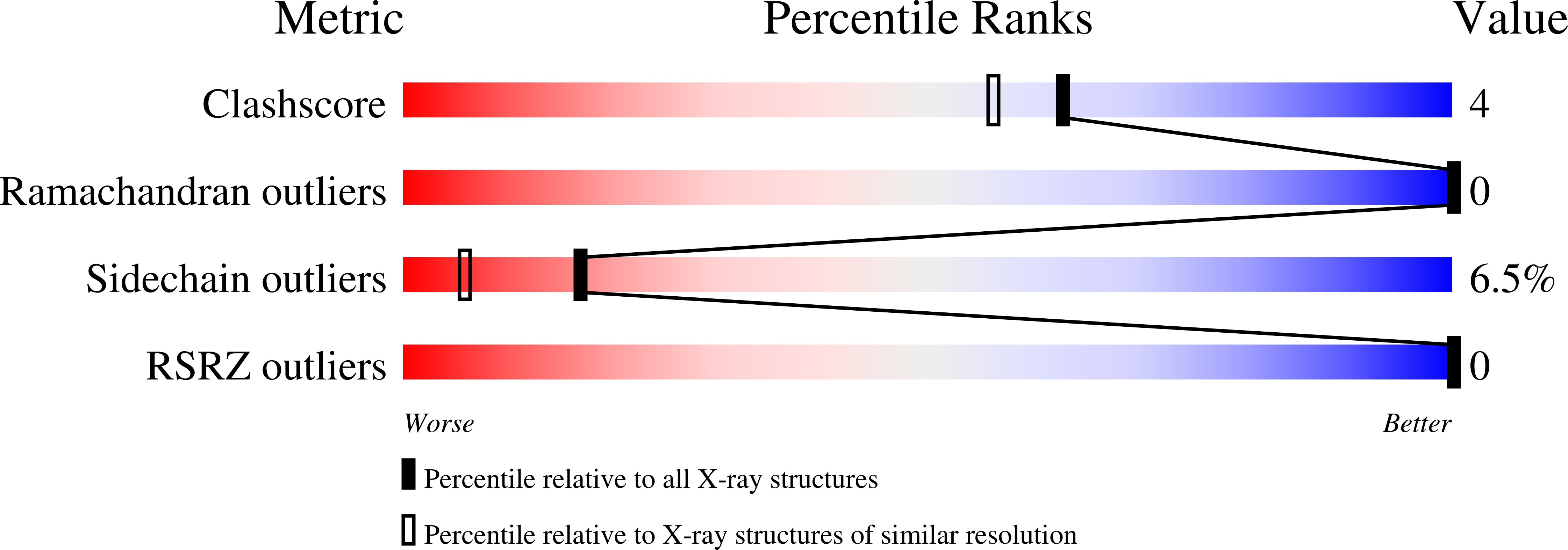
Deposition Date
1996-01-04
Release Date
1996-08-17
Last Version Date
2024-11-20
Entry Detail
PDB ID:
1BIR
Keywords:
Title:
RIBONUCLEASE T1, PHE 100 TO ALA MUTANT COMPLEXED WITH 2' GMP
Biological Source:
Source Organism:
Aspergillus oryzae (Taxon ID: 5062)
Host Organism:
Method Details:
Experimental Method:
Resolution:
1.80 Å
R-Value Free:
0.24
R-Value Work:
0.18
R-Value Observed:
0.18
Space Group:
P 1 21 1


